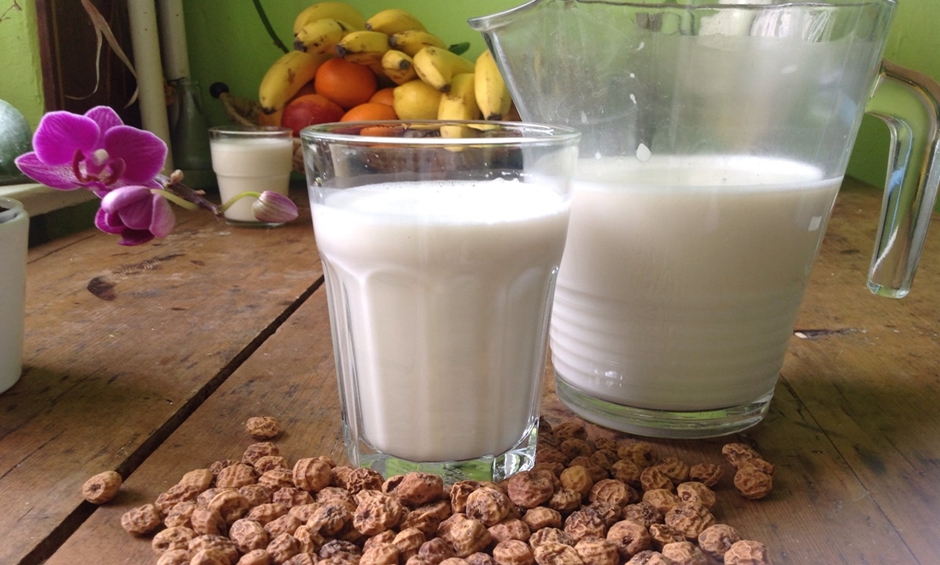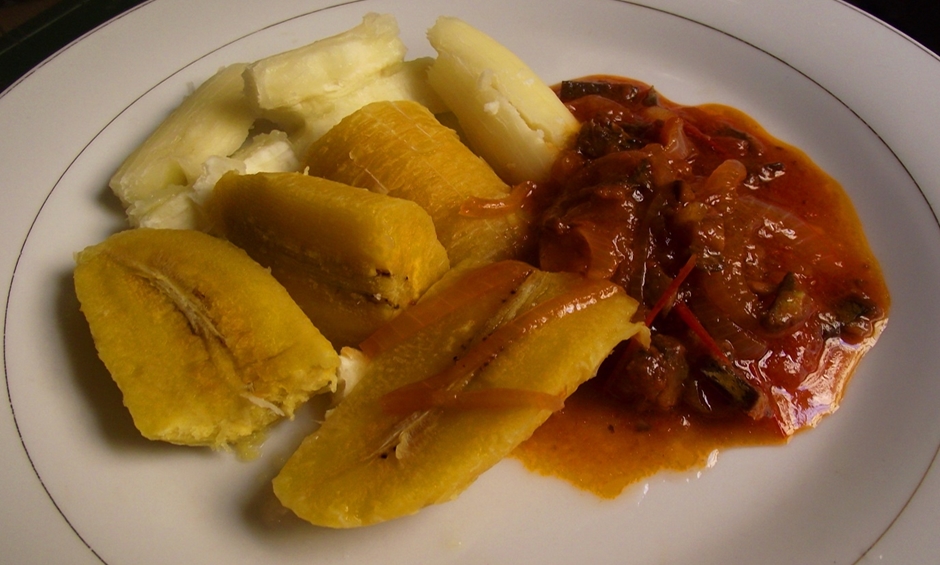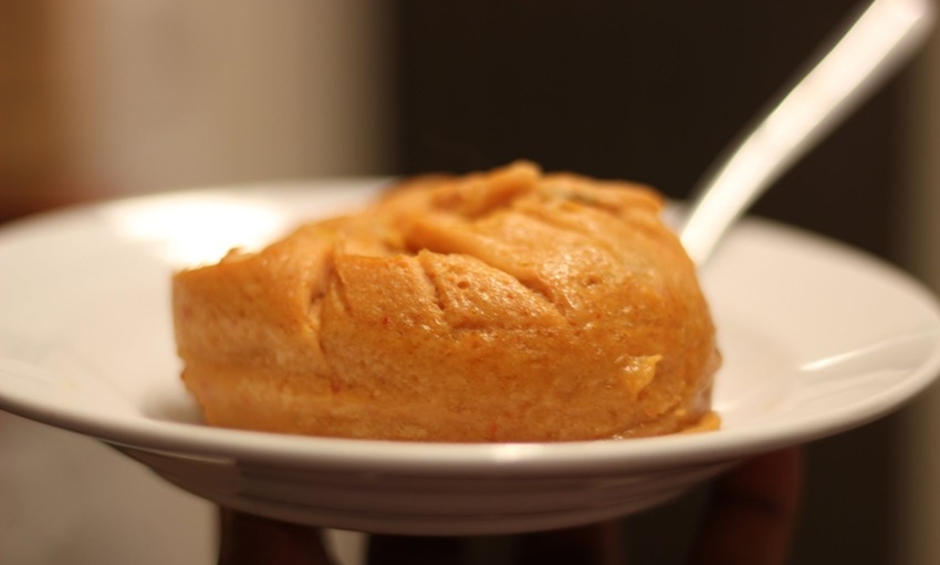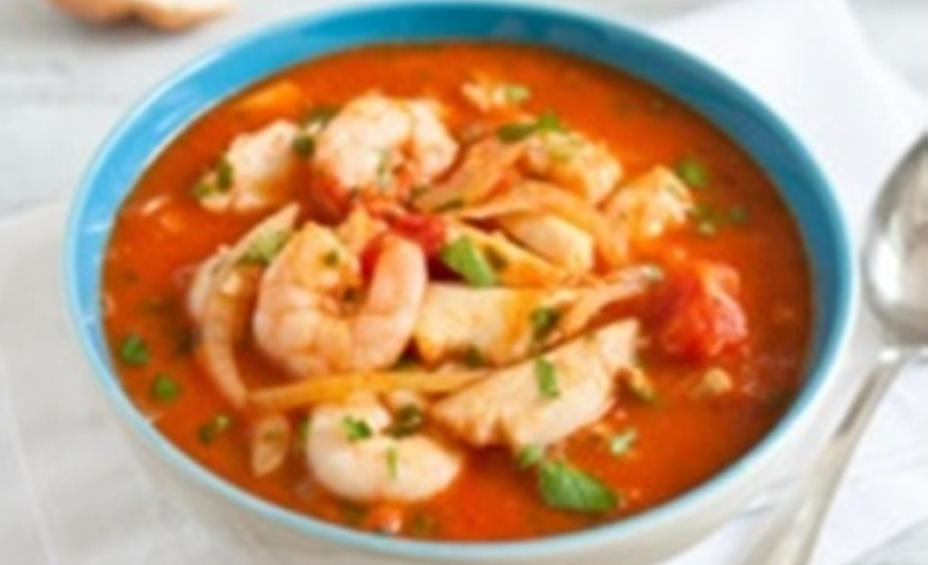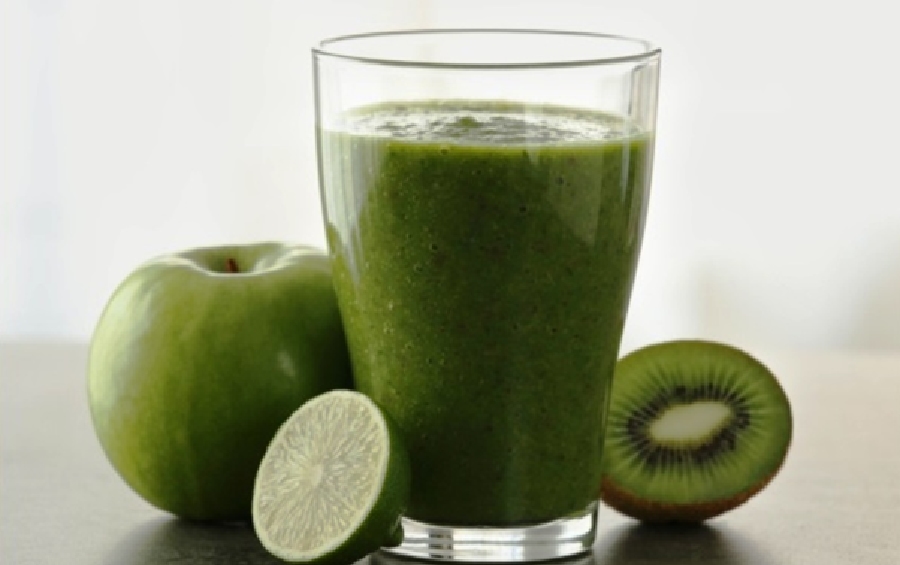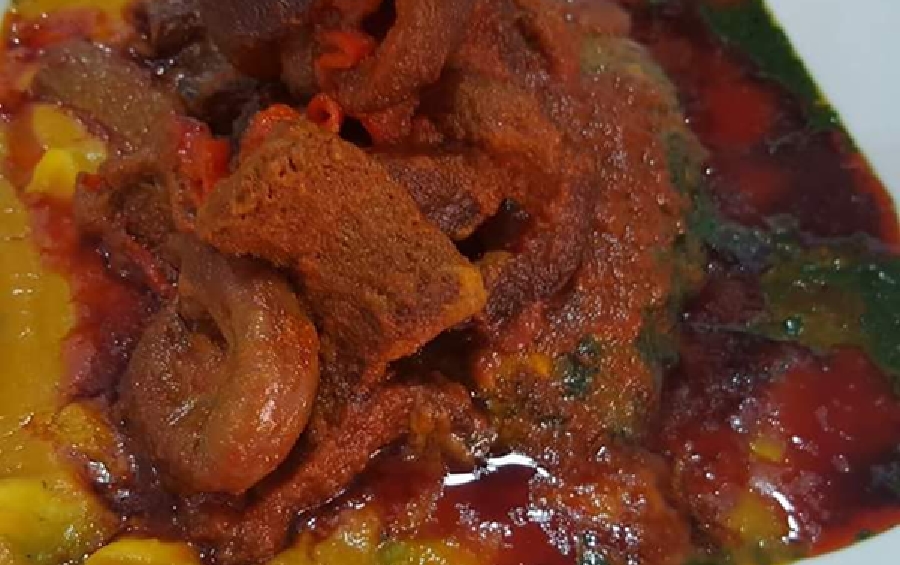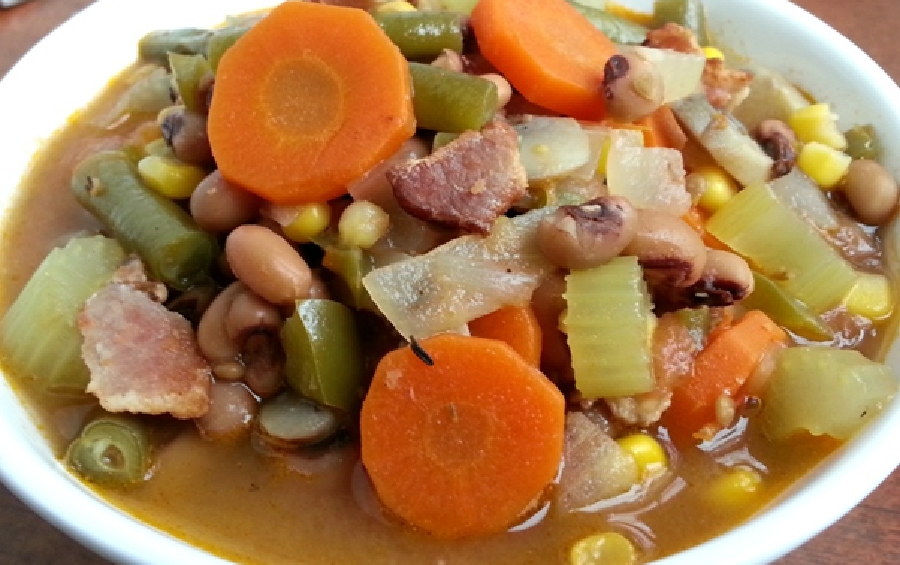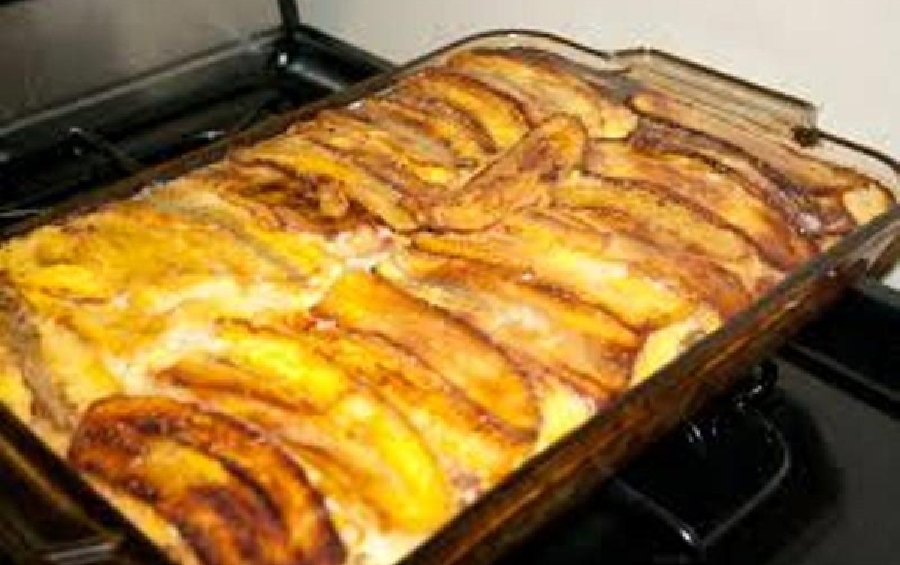Escape to a tropical Caribbean island with these delicious, easy to make recipes. Simple enough to make in minutes for friends and family. Enjoy!
COCKTAIL #1: PINA COLADA
Ingredients
2 cups light coconut milk
2 cups ice
4 cups pineapple chunks
1 cup of Light Rum
3 tbsps honey
Directions
1. Combine all ingredients in a blender and blend for about 5 minutes or until completely smooth.
2. Divide between 4 glasses and serve immediately.
COCKTAIL #2: Malibu sunset
Ingredients
/8 cup Malibu Caribbean Rum (with coconut liqueur)
1/2 cup pineapple juice
grenadine (splash of, just enough to make the bottom of the glass red)
2 cocktail cherries
1 slice pineapple
Directions
1. Put 3-4 ice cubes in the bottom of a glass
2. Pour the pineapple juice and the rum over the ice.
3. Next, pour the grenadine slowly down one side of the glass (pouring too fast will mix the grenadine in and you won’t get the cool color separation)
4. Stick 2 cherries and a pineapple chunk on a toothpick for a garnish.
COCKTAIL #3: RUM PUNCH
Ingredients
45ml dark rum
7ml grenadine – or 15ml lime juice and 7ml simple syrup
60 ml pineapple, orange, or passion fruit juice (or a mix of fruit juices)
Club soda (optional)
Seasonal fruit for garnish
Directions
1. Pour the ingredients into a mixing glass filled with ice cubes.
2. Shake well.
3. Strain into a highball glass filled with ice cubes.
4. Top with club soda if you want.
5. Garnish with seasonal fruits.
COCKTAIL #4: MOHITO
Ingredients
60ml light rum
2 teaspoons sugar
6-8 fresh mint leaves
Club soda
1 lime cut in two halves
Mint sprig for garnish
Directions
1. Place the sugar, mint leaves, and a splash of club soda into a highball glass.
2. Muddle well to dissolve the sugar and to release the flavour of the mint.
3. Squeeze the juice from both halves of a lime into the glass, dropping one half into the glass.
4. Add the rum.
5. Stir well.
6. Fill the glass with ice cubes.
7. Top with club soda.
8. Garnish with the mint sprig
COCKTAIL #5: DAIQUIRI
Ingredients
45ml light rum
22ml fresh lime juice
7ml simple syrup
Directions
1. Pour the light rum, lime juice and sugar syrup into a cocktail shaker with ice cubes.
2. Shake well.
3. Strain into a chilled cocktail glass.

